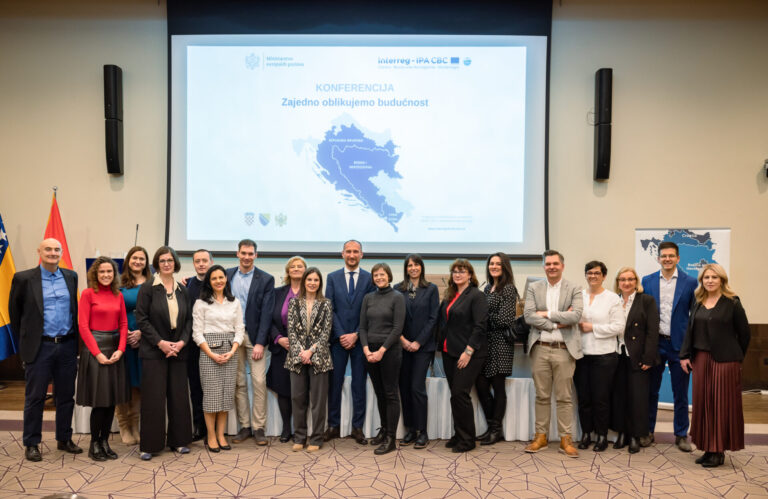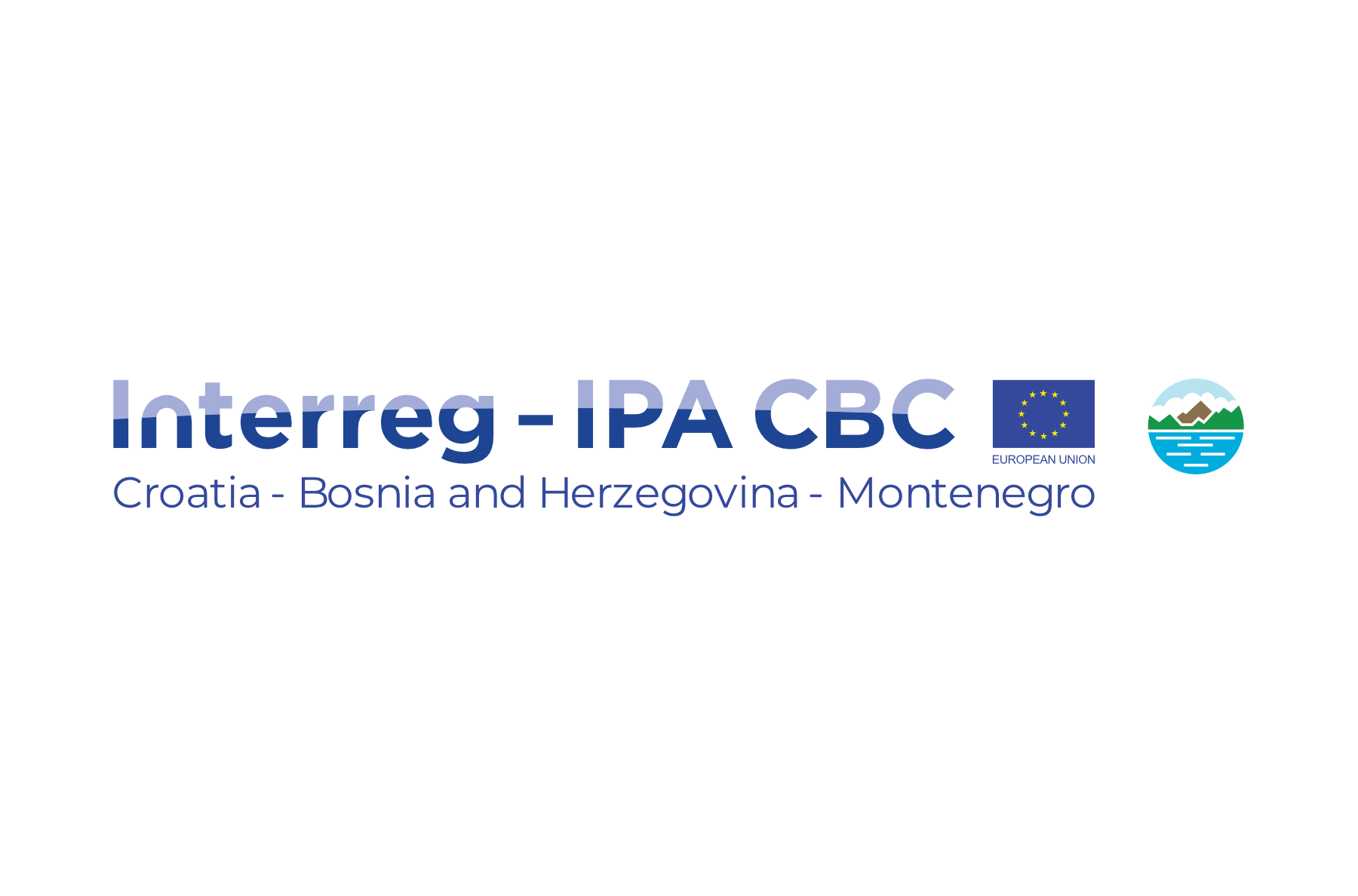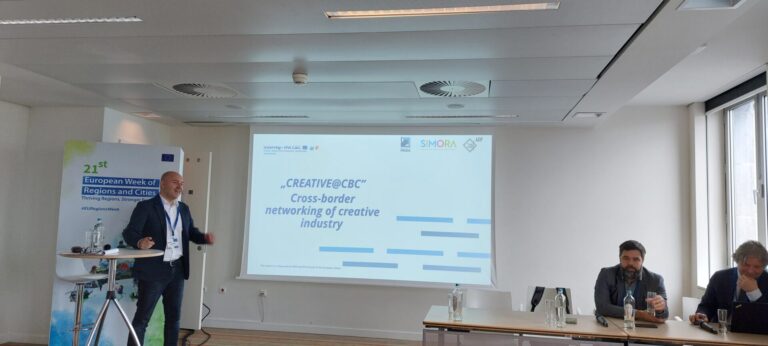Programme rules on eligibility of expenditures – version 2.0: this is the most important document covering eligibility of expenditures on Programme level. This document is prepared for partners from Croatia, Bosnia and Herzegovina and Montenegro.
NEW Control Guidelines for Interreg IPA CBC Programmes (v4.0) lays down the basis for work of Control bodies of the Interreg IPA CBC Programme Croatia – Bosnia and Herzegovina – Montenegro, covering all participating countries. It also includes NEW Annexes to Control Guidelines for Interreg IPA CBC Programmes (v4.0).
Guidelines for eligibility of expenditure for Croatian Project Partners 3.0 guides Croatian beneficiaries through reporting, provides details on submitting costs and lists documentation needed for specific costs of all budget categories. It also includes Annexes to Guidelines for eligibility of expenditure for Croatian Project Partners 3.0. In order to simplify reporting for beneficiaries, these annexes contain templates for calculating staff costs and defining the VAT status.
NEW Control guidelines for beneficiaries from Bosnia and Herzegovina (version 3) are developed for Lead Beneficiaries and Project Partners from Bosnia and Herzegovina involved in the implementation of projects.
Additional instructions for archiving of documentation in eMS for Lead Beneficiaries and Project Partners from Bosnia and Herzegovina are also provided: Instructions for proper storage of project documentation in eMS.
NEW Guidelines for eligibility of expenditure for Montenegrin Project Partners are developed for Lead Beneficiaries and Project Partners from Montenegro with instructions for archiving documentation in eMS.
VAT rules for Croatia: please note that on the current procedures applied in the Republic of Croatia, VAT is eligible if it cannot be refunded in line with the national legislation. VAT Statement issued by the relevant institution should be presented. Value Added Tax Act (OG, No. 73 / 13, 148 / 13, 143 / 14, 115 / 16, 106/18, 121/19). Ordinance on the Value Added Tax (OG, No 79 / 13, 85 / 13, 160 / 13, 35 / 14, 157 / 14, 130 / 15, 1 / 17, 41 / 17, 128 / 17, 1 / 19, 1 / 20 ).
VAT rules for Bosnia and Herzegovina: please note that beneficiaries in Bosnia and Herzegovina are obliged to follow relevant national procedure for VAT exemption: Instruction on claiming customs duties and taxation payment exemption in accordance with the Framework Agreement between Bosnia and Herzegovina and the Commission of the European Communities on the rules for cooperation to implement EC financial assistance to Bosnia and Herzegovina under the Instrument for Pre-Accession Assistance (IPA II)” (Official Gazette of Bosnia and Herzegovina, No 91/15). Additional information on VAT exemption certificate in Bosnia and Herzegovina is provided on: https://www.dei.gov.ba/uploads/documents/informacija-za-bh-korisnike-grantova-o-oslobadanju-od-placanja-pdv-a_1612342421.pdf.
VAT rules for Montenegro: please note that beneficiaries in Montenegro are obliged to follow relevant national procedure for VAT exemption: Rulebook on value added tax exemptions for investors and supply of certain products and services (Official Gazette of Montenegro, 17/15 of 17 April 2015, 68/15 of 8 December 2015), -Instructions on how to implement the procedure for exercising the right to exemption from value added tax for projects financed by the European Union (EU), from 17 June 2019. Additional information on VAT exemption certificate in Montenegro is provided on: http://www.cfcu.gov.me/vijesti/156867/Nove-instrukcije-za-oslobadanje-od-placanja-PDV-a-decentralizovano-indirektno-upravljanje.html
Public Procurement
For the award of service, supply and work contracts by the beneficiaries, the procurement procedures shall follow the provisions of Chapter 4 of Title II and Annex I of Regulation No 2018/1046 on the financial rules applicable to the general budget of the Union which apply on the territory of in the whole Programme area, on the territory of Croatia as Member State, and on the territory of Bosnia and Herzegovina and Montenegro as IPA II countries.
Regulation (EU, EURATOM) No 2018/1046
Please note that the regulation in Croatian language can be downloaded here.
Please note that Commission Decision of 14.5.2019 (laying down the guidelines for determining financial corrections to be made to expenditure financed by the Union for non – compliance with the applicable rules on public procurement) is applicable.
Commission Decision of 14.05.2019 can be found here, and related Annex can be found here.



